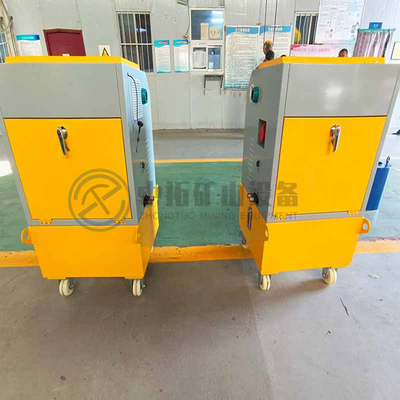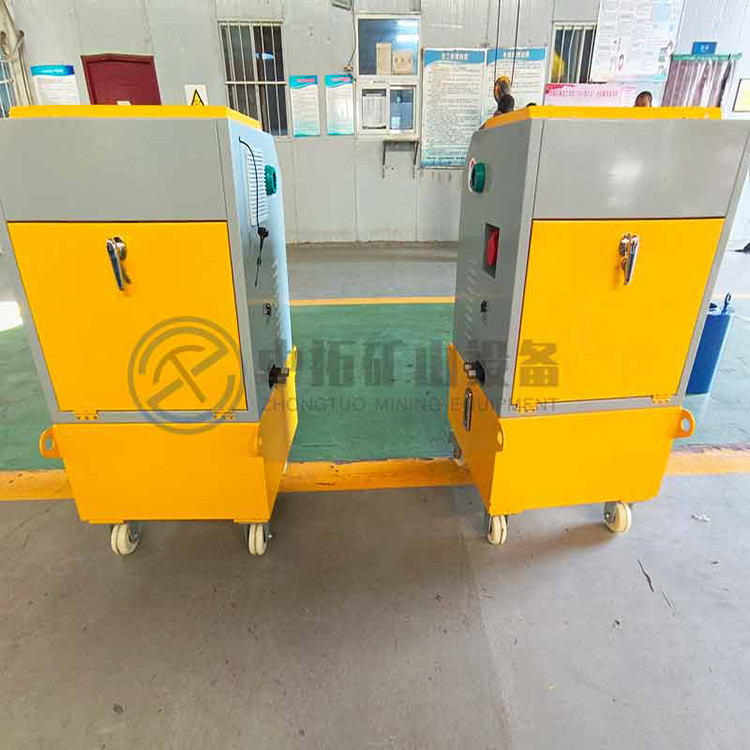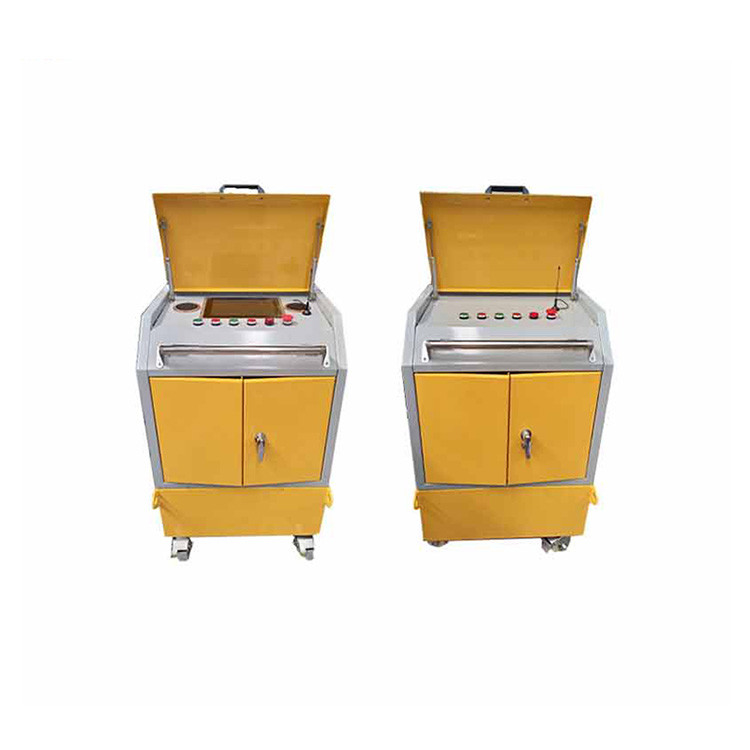-
Highlight
Intelligent Tensioning Jack Machine
,CNC Bridge Tensioning Equipment
,2.2kw Construction Tensioning Machine
-
ApplicationConstruction
-
ColorYellow
-
Motor Power2.2kw
-
TypeIntelligent Tensioning System
-
Body MaterialSteel
-
Size600*500*1050mm
-
Place of OriginChina
-
Brand NameZHONGTUO
-
CertificationCE; ISO
-
Minimum Order Quantity1PC
-
Packaging DetailsWooden Case
-
Delivery Time7-15Days
-
Payment TermsL/C, D/A, D/P, T/T, Western Union, MoneyGram
CNC Bridge Intelligent Tensioning Jack Machine
Description of Bridge Intelligent Tensioning Machine
Intelligent tensioning refers to using computer-intelligent control technology to complete the tensioning construction of steel strands through the automatic operation of instruments. Due to the high precision and stability of the intelligent system, intelligent tensioning technology can completely eliminate the interference of human factors and effectively ensure the quality of prestressed tensioning construction. It is currently the most advanced technology in the field of prestressed tensioning in China.
Technical Parameter of Bridge Intelligent Tensioning Machine
| intelligent tension system product structure equipment technical parameters | |||||||||||
| Model | Main power(kw) |
Sub-power (kw) |
Flow (I/min) |
Tank volume L |
Pump number |
Rated pressure |
Precision of pressure |
Precision of elongation |
|||
| SKYB-50-1 | 2 | 2 | 2 | 90 | 2 | 50 | <0.5% | <0.1% | |||
| SKYB-50-II | 4 | 4 | 4 | 90 | 2 | 50 | <0.5% | <0.1% | |||
![]()
The primary function and use of intelligent tensioning equipment
1. The intelligent tensioning system can accurately control the error of the prestressing force value applied during the construction process, reducing the error range from 15% of the traditional tensioning taxi to 1% of the soil, and solves the problem of bridges caused by insufficient or exceeding prestressing strength Cracking, deflection, and other diseases ensure structural safety, improve durability, prolong service life and reduce maintenance and repair costs.
2. The intelligent control of the tensioning process is realized, which is not affected by human and environmental factors; the elements of the tensioning process such as control of symmetrical tensioning synchronization, pause point, loading rate, and load holding time are entirely in line with the technical specifications for bridge construction. By standardizing the tensioning process, the distortion of the structure caused by the asynchronous symmetrical tensioning is eliminated, the loss of prestress in the tensioning process is significantly reduced, and the effective prestress is guaranteed to meet the design requirements.


